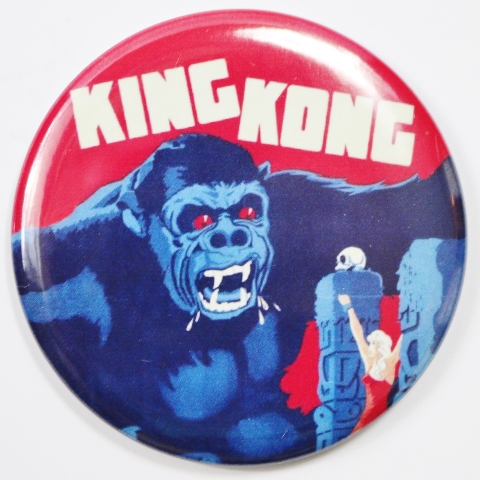
Ruminant animals are able to convert nitrogen into ammonia, which can then be utilized by the bacteria in the rumen, for synthesis of amino acids. Nerves and muscles and therefore co-ordination and scope of movement.Electrolyte homeostasis, hormones and metabolism.riddled with clover, cape-weed, plantain, too many herbs.stressed by frost, drought or over-grazing.


The vast majority of grasses ARE suitable for horses when grazed at a mature stage of growth.Ĭlovers are NEVER suitable for horses and need to be actively eliminated from any pasture sward. Other species of oxalate grasses can work as long as their oxalate properties are addressed with properly formulated calcium supplement is fed. They have a propensity for rapid growth and are inherently high in potassium, crude protein, sugars and starches.Īlso UNSUITABLE are the Warm Season HIGH oxalate grasses like Buffel and Setaria.
#RED FROST PONY OF AMERICA FREE#
Unsuitable species of grass are Cool Season grasses which include all strains of Rye-grass, Clovers and Tall Fescue, whether endophyte free or not. They have the opposite requirements to production livestock who are ruminants designed to consume plants at a less mature, higher nutrient density stage of growth for rapid weight gain and milk production. Nowadays, they compete in Western and endurance riding events and also make great stock horses.The equine species has a digestive system designed to derive nutrition from a continuous supply of relatively low nutrient density, high fibre forage.
#RED FROST PONY OF AMERICA CRACKER#
In 1930, they were replaced by Quarter Horses, and numbers started to decline.įlorida Cracker Horses stand between 13.2 and 15 hands tall and are mostly of solid colors. The breed’s name derives from the cowboys’ whip’s cracking sound, which they used for herding cattle. These small and agile horses gave the foundation stock to the Florida Cracker breed and contributed to the Quarter Horse. When both horses and cattle were left to roam freely, many Native American tribes in the area captured and started breeding them. The origins of the Florida Cracker date all the way back to the Colonial Spanish Horses that accompanied explorers to Florida in the 16th century. Florida Cracker Horses were the Florida cattle herders’ mounts and exhibit two special gaits, the running walk, and the amble. The Florida Cracker Horse is a Native American horse breed that emerged from the ponies of the Chickasaw tribe. Here are the 9 most common Native American horse breeds! Appaloosa Their extraordinary breeding knowledge is why Native American horse breeds are so intelligent, athletic, and resistant. Native Americans had a strong preference for spotted horses and created many variations of the color pattern. The tribes relied on horses for warfare, travel, and hunting and developed a close relationship. Soon after native tribes first acquired horses, they became an integral part of Native American culture.

Directly or indirectly, Native Americans influenced most modern American horse breeds. The most common Native American horse breeds are the Appaloosa, Quarter Horse, Paint Horse, and Spanish Mustang. The Comanche people were amongst the first tribes to acquire horses and manage them successfully. They originally obtained them from Spanish settlers or captured them from the wild. Native Americans had horses since the early 17th century and used them in many areas of daily life.


 0 kommentar(er)
0 kommentar(er)
